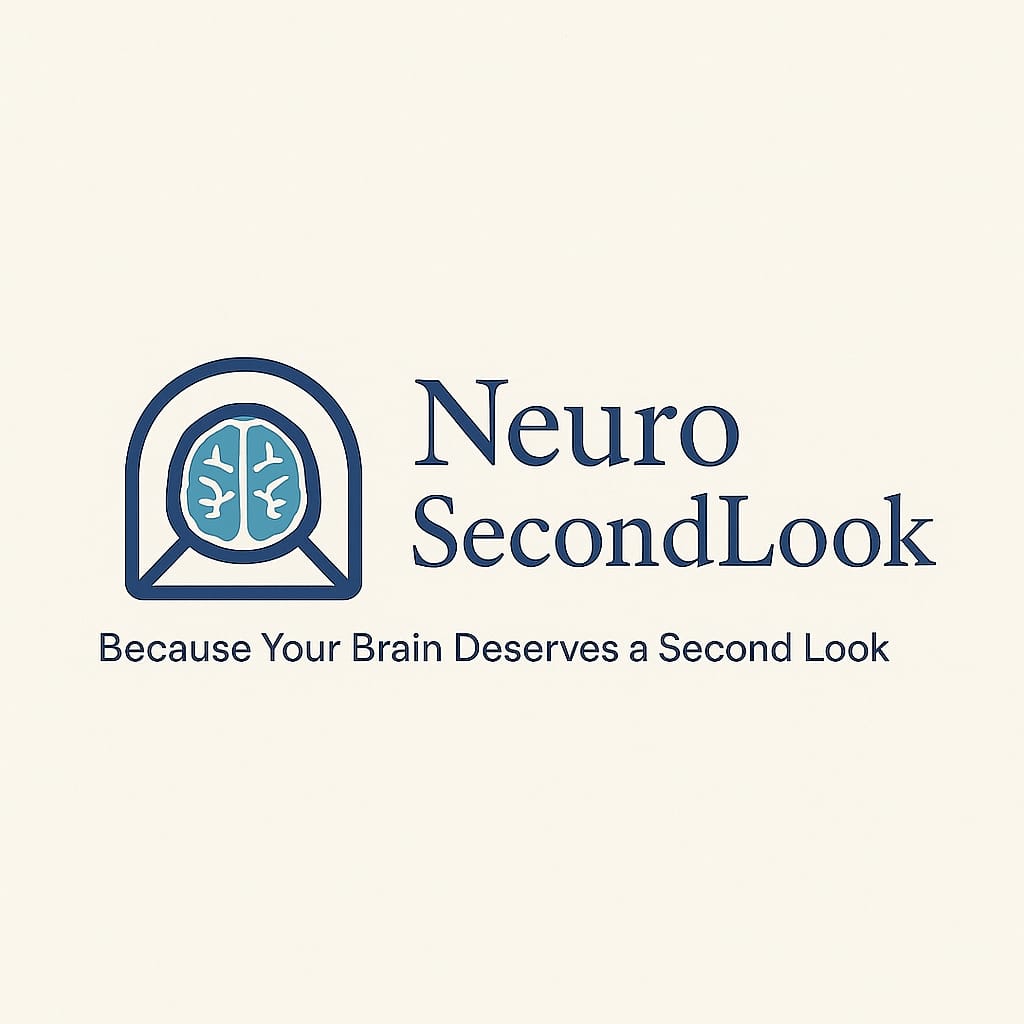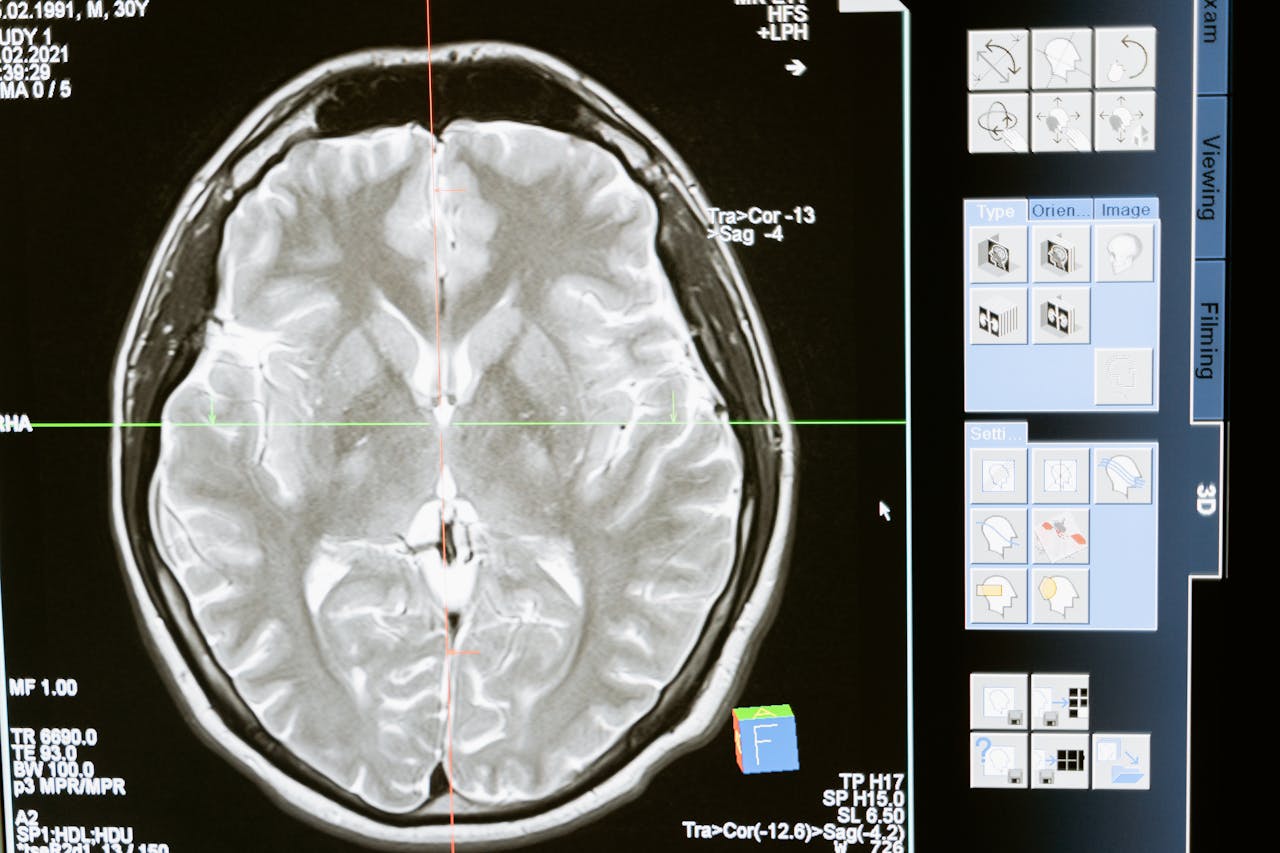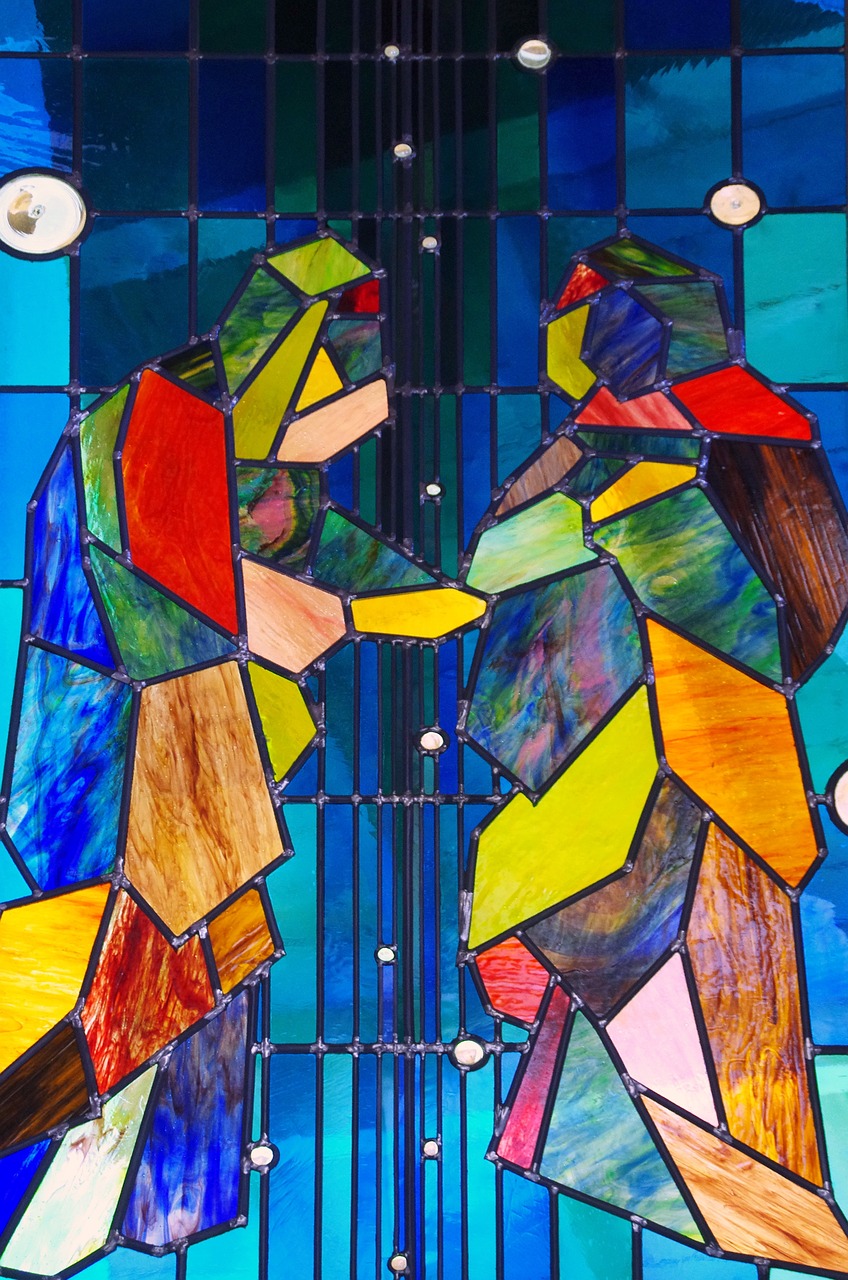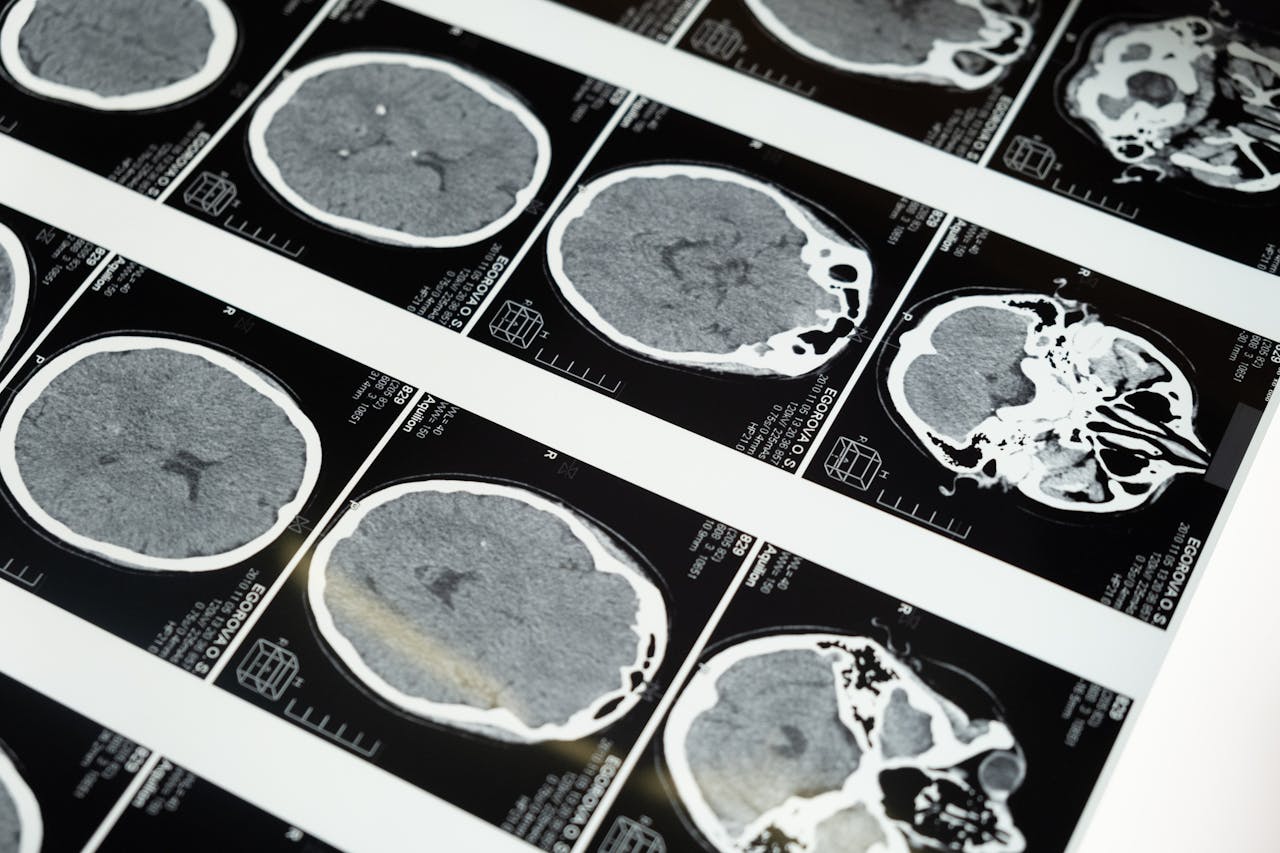By Dr. Muhammad Amir Umer, Neurologist (FCPS Neurology)
Founder – NeuroSecondLook
Trained and practiced in Pakistan, Saudi Arabia, and the United Arab Emirates
Currently working at a highly advanced stroke center with international collaboration
By Dr. Hira Salar
Neurologist | FCPS Neurology
Co-founder – NeuroSecondLook
Experienced in treating epilepsy patients in Pakistan, Saudi Arabia, and the UAE
Currently offering advanced and individualized epilepsy treatments
Introduction
Stroke is a medical emergency that occurs when the blood supply to part of the brain is interrupted, either due to a blockage or bleeding. Without quick intervention, brain cells begin to die within minutes—potentially resulting in long-term disability or death. Thankfully, early detection and expert management can significantly improve outcomes.
Types of Stroke
- Ischemic Stroke
Caused by a blocked artery (most common type) - Hemorrhagic Stroke
Caused by a ruptured blood vessel in the brain - Transient Ischemic Attack (TIA)
Often called a “mini-stroke,” it resolves quickly but is a major warning sign
Warning Signs: BE FAST
- B – Balance loss
- E – Eye/vision changes
- F – Facial drooping
- A – Arm weakness
- S – Speech difficulty
- T – Time to call emergency help
My Experience Across Pakistan, Saudi Arabia & UAE
In Pakistan
In many areas, patients face delays in reaching hospitals due to low awareness and limited access. Thrombolysis is underutilized, especially in rural regions. However, urban centers are making progress with stroke-ready hospitals and emerging telemedicine support. Through NeuroSecondLook, I help guide patients and families by reviewing reports and offering expert second opinions online.
In Saudi Arabia
During my years in the Kingdom, I worked in hospitals with evolving stroke protocols and better acute care. Stroke codes were activated quickly, and we worked in integrated teams to deliver thrombolysis within the golden hour. Public awareness was improving, and more patients received timely intervention.
In the UAE
Here, stroke care has reached international benchmarks. I am currently working at a state-of-the-art stroke center with international collaboration, where acute stroke response, advanced neuroimaging, and personalized rehabilitation are seamlessly delivered. We manage complex stroke cases using the latest global guidelines and offer a multidisciplinary approach to recovery.
Stroke Prevention: What Every Patient Should Know
- Control blood pressure and diabetes
- Stop smoking
- Exercise regularly
- Maintain healthy cholesterol
- Manage heart rhythm (e.g., atrial fibrillation) with proper anticoagulation
- Take medications as prescribed
Why Get a Second Opinion?
Stroke outcomes depend on accurate diagnosis and timely decisions. At NeuroSecondLook, we provide:
- MRI, CT, and EEG report reviews
- Insight into current treatment plans
- Guidance on rehabilitation
- Tailored second opinions based on global experience
This service is especially valuable for patients in Pakistan, where timely neurology access can be limited.
Conclusion
Stroke is a race against time, but also a matter of knowledge, access, and expertise. My work across three countries—and now at a cutting-edge international stroke center—has taught me that expert guidance, personalized care, and follow-up planning make all the difference.
Through NeuroSecondLook, we aim to offer patients across Pakistan the clarity and confidence they deserve—
because your brain deserves a second look.



